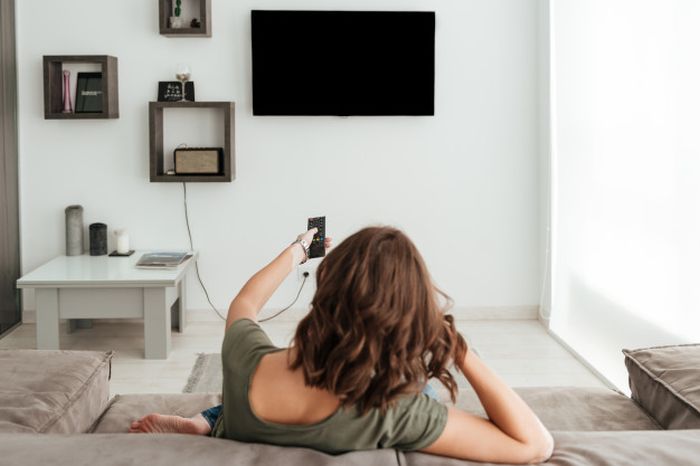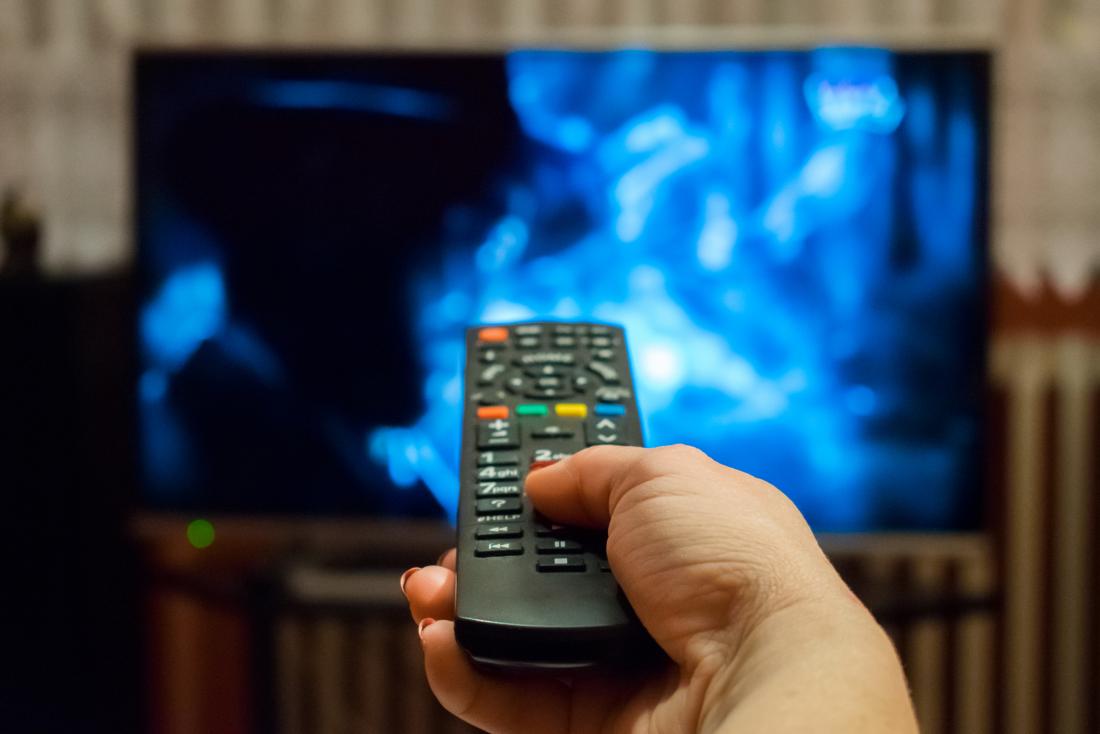
Cable and TV have been the main sources of entertainment for a majority of people around the world ever since their inception back in the 1950s. Although there are other means of entertainment as well, the popularity cable TV has received over the years is unmatched in comparison to any other medium.
Still, even today, when we are living in the age of the internet and most people go for options like streaming, cable TV has kept its loyal fan base, who are used to watching their favorite programming on the TV over the years. The paid cable subscribers in the US are close to 38.8 million, while there are 1,761 commercial TV stations and 285 million TVs in use. These stats are enough to prove how big of an industry cable TV has become.
Technological advancements have always been there that transform our current technologies and make them better in terms of quality and affordability. The same is the case with cable TV. It is something that started with distorted audio, a monochrome screen, and only a few analog channels. Today, due to continuous technological advancements in this field, we are able to watch cable channels in HD quality, with amazing sounds and hundreds of channels all at the same time.
Not only this but the price of cable TV has also significantly reduced over the years, something you can check out by clicking https://www.localcabledeals.com/optimum/cable-tv.
Apart from all these features, reduced cost, and a loyal fan base, there is a constant threat that is looming over the existence of cable TV and it is also technology that is behind this.
Cord Cutting and Streaming TV

Ever since the invention of the internet, there has been a revolution in entertainment, telecommunication, and corporate industries as we continue to figure out infinite benefits and applications of the internet. In the entertainment industry, it has proven to be a game-changer, hosting countless platforms over the web, which are supplementing users with a plethora of different kinds of entertainment means, including online gaming, music streaming, video streaming, and even TV streaming.
There was a time of DVDsallowed users to watch their favorite movies and shows whenever they wanted. This was made obsolete by the internet, which readily provided this same content over the web with much better quality for users to access anytime, anywhere without the need of any physical storage device, and this came in the form of on-demand and streaming platforms like Netflix. Just like how these platforms made home media obsolete, the next on the list of this trend is cable TV.
This trend is called cord-cutting, in which an increasing number of users are ditching their traditional cable TV subscriptions in favor of a more internet-based approach and this approach has come in the form of live stream TV. Live streaming of TV is a fairly new concept, as before with streaming apps, there was only the option to watch pre-recorded shows and movies and there was nothing in terms of regular broadcasting and regular TV channels, live news, or sports programming.
However, now there are alternatives like IPTV, Hulu + Live TV, FuboTV, and Sling TV. These services allow users to watch their favorite channels over the internet in real-time. Although still in early stages, these platforms are giving quite a tough competition to standard cable TV and it is evident from the fact that the US has witnessed a drop of 23 percent in cable TV subscribers in merely a 9 years gap.
Comparison between Cable TV and Streaming TV

There have been quite a few reasons why people are moving towards the cord-cutting trend and adopting streaming TV in comparison to traditional cable setup with researchers estimating that streaming is going to take over 50 percent market chunk by as early as 2025. That is why we have written this piece to educate the readers on the differences between cable and streaming TV that are playing a major part in this shift of medium.
Cost Factor
One of the key differences between cable and streaming TV is cost because a normal cable subscription can cost somewhere around $100 for just the regular packages including equipment rentals, taxes, surcharges, and other miscellaneous fees that are associated with them. Add some premium channels and high tier packages that can go up to $300 for cable alone. This is quite expensive if you look in retrospect at the current world where economies are going through a recession and many people have lost their jobs.
In contrast, streaming TV can cost even less than half of these cable subscription prices with monthly costs ranging from $35 to $70. Plus there are no installation charges or equipment rentals, thus, being even more convenient for a regular user. All it needs is an internet connection and a device to watch it on, which most people already have. The cost has been a major difference and the reason behind most people subscribing to streaming TV.

Portability
This is another factor behind the rise of the streaming TV trend, as in this fast-paced life, no one has the time to stick to their TV screens. These streaming platforms allow users to watch their favorite stuff on the go as well as on devices like smartphones and tablets, something which wasn’t possible with the cable TV setup. This has provided users with added convenience to watch shows, news, sports, and live broadcasts whenever and wherever they want, just over the internet.
Plus, whenever you are moving places, you have to cancel your existing provider or move the entire cable setup to the new place. It might become impossible in certain scenarios as not all providers are available in all areas. This is something that you wouldn’t have to worry about with streaming platforms as most of these work all over the US.
Geographical Independence
Another thing required for a proper cable setup is infrastructure and cabling. It is not a problem in urban areas but becomes a reason of concern for people living in rural places. Since there is no cabling or proper infrastructure to set up cable TV in rural areas, most of these users have to go with satellite options, which are even more expensive and unreliable, to say the least, as satellite TV is susceptible to external factors like weather change. Plus, there is a case of outages that frequently affect both cable and satellite TV, something which doesn’t affect streaming as it works over the internet only.
There are certain channels that are location-based and you may not be able to get them when you move places even if you are going with the same provider. This is also something you don’t face in streaming TV as the number of channels and packages are clearly detailed, so you are exactly paying for what you watch no matter where you go, thus, providing users with geographical independence.

Conclusion
No matter how much we love cable TV, but one thing is for sure, it is past its prime during which it enjoyed a lot of fan following. Now, this technology is going obsolete with many new innovations in its place like streaming TV that have all the fun options of cable TV without any of the fuss. Streaming is clearly the stand-out winner, but since it’s a new technology, it will take time to completely replace a behemoth of the entertainment industry which is cable TV.
















